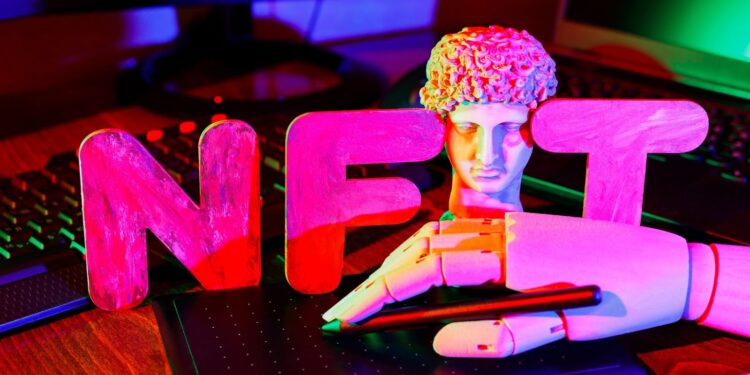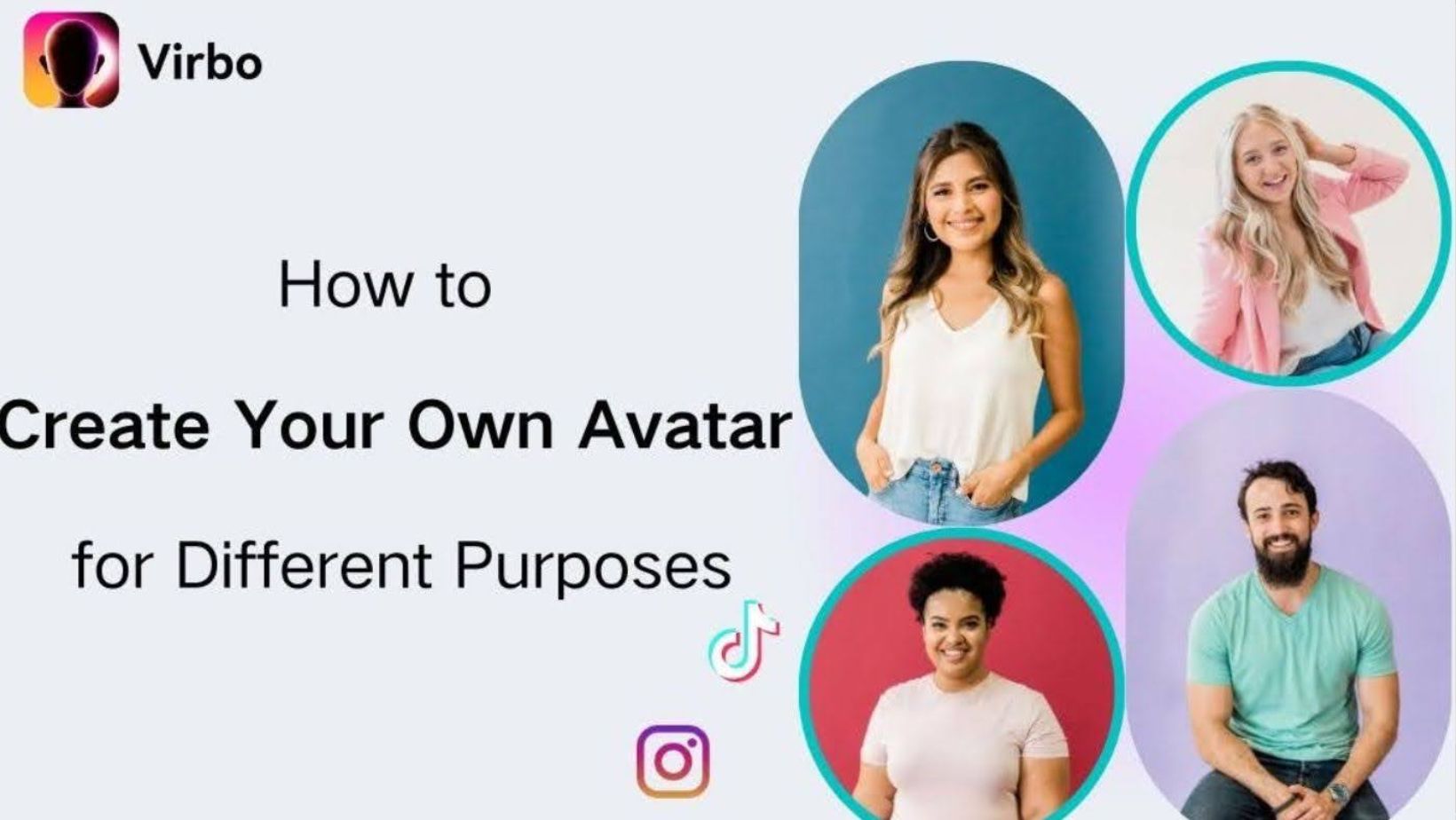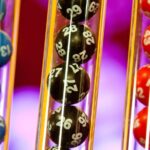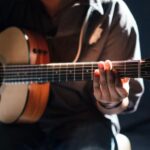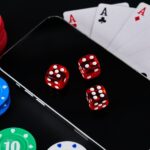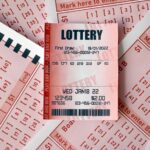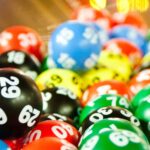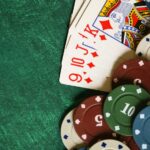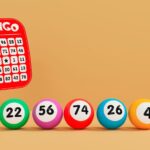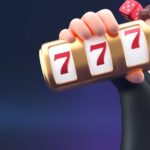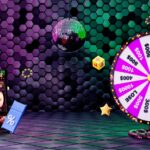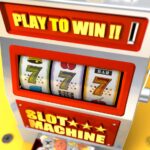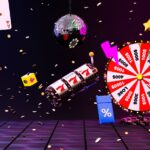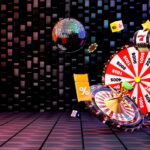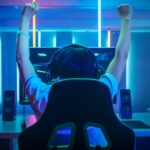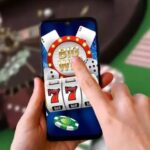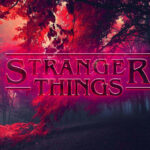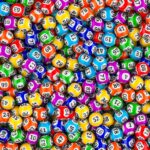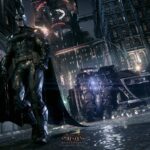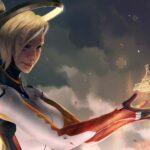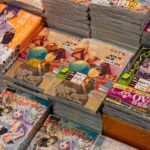The dispute between the two NFT copycats about the real fake Bored Ape Yacht Club has been making headlines recently. The two copycats, MetaFactory and SuperRare, were created to replicate the NFT released by Bored Ape Yacht Club, a popular digital collectible art platform. The two companies want to prove that they are the real fake Bored Ape Yacht Club, and the dispute has captured the attention of the crypto-community.
In this article, we will take a look at what sparked the dispute and why it is so important.
Overview of the Dispute
The dispute between the two NFT copycats centres around duplicating artwork on the blockchain. Non-fungible tokens (NFTs) are cryptographically-generated digital tokens created using distributed ledger technology (DLT). They can represent individual digital media or goods, such as artwork. Each NFT is unique and can be used to create an immutable record of ownership, enabling cost-effective transactions and investments in this space.
The dispute began when one artist created a digital piece of art and tokenized it on a blockchain, creating an NFT that could be bought, sold, and traded online. When another artist created a similar piece using a blockchain, both sides argued that the other unintentionally copied their concepts or designs. As a result, both parties have filed lawsuits against one another for copyright infringement.
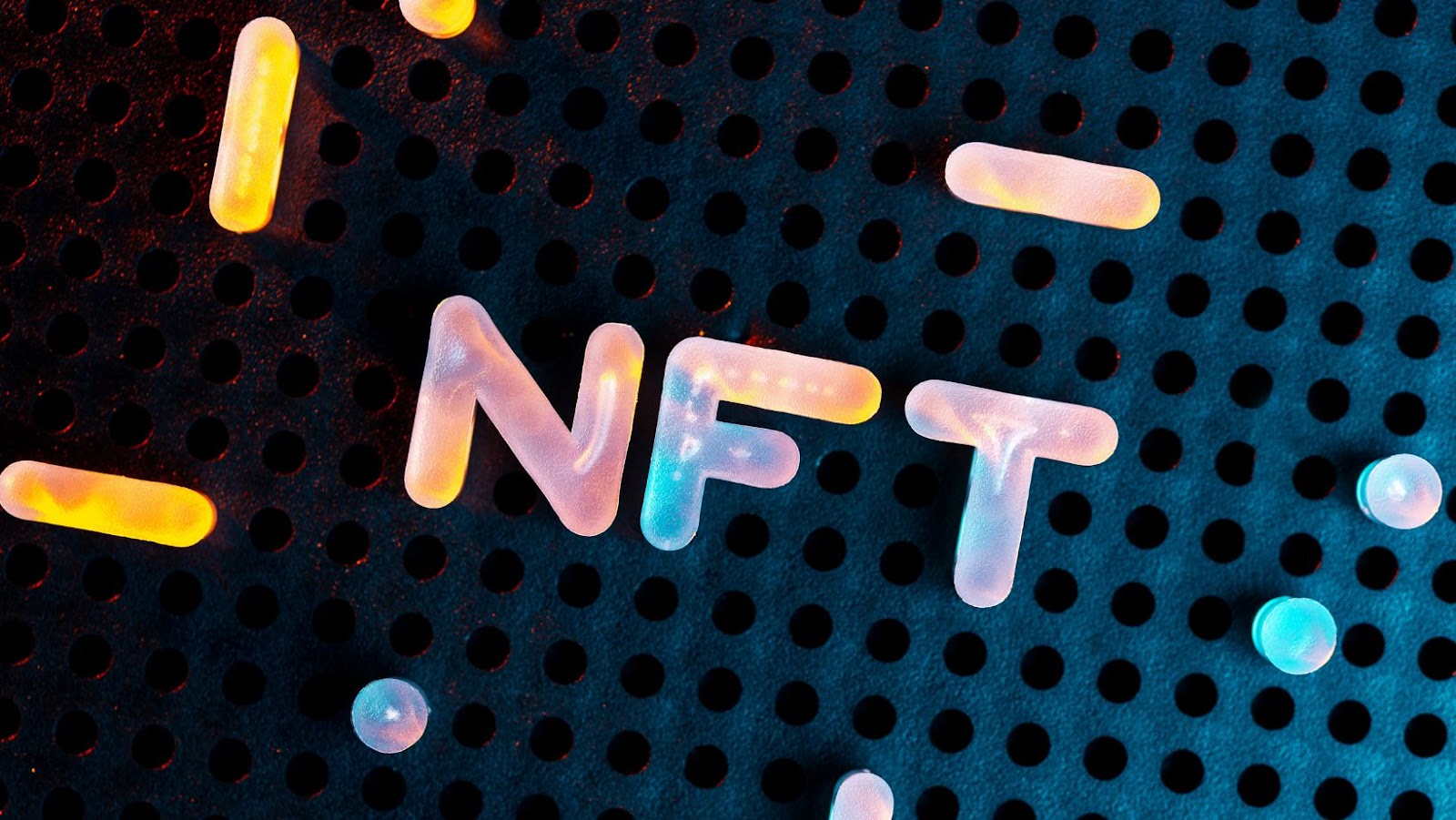
The outcome of this case will have implications on wider copyright law and its place within immutable DLT networks. Furthermore, if either party is found liable for copying intellectual property from the other side, it would set an important precedent for future cases involving NFTs and blockchain-based technology.
Two NFT copycats are fighting over which is the real fake Bored Ape Yacht Club
In January 2021, two companies, known as Bored Ape Yacht Club (BAYC) and Limited Edition (LE), were engaged in a heated intellectual property dispute over who has the right to use the BORED APE YACHT CLUB Trademark. The dispute has arisen because both companies have created NFTs under the same IP and other similarities between the two companies.
This paragraph will provide a background on each of the two companies and their respective skills and assets:
Bored Ape Yacht Club
Bored Ape Yacht Club (BAYC) is the original developer of a game based on Ethereum blockchain called Crypto Space Commanders (CSC). The game relies on a digital platform that uses Non-Fungible Tokens (NFTs) to represent pieces of digital art, real estate and more. In 2018, CSC was released to the public and achieved some success.
However, BAYC began to receive public criticism over the lack of innovation in their games. Some people said they were copying ideas from other well-known games without real contribution to the blockchain industry. As a result, BAYC launched a lawsuit in April 2019 against their counterparts: War Riders & Arcona.
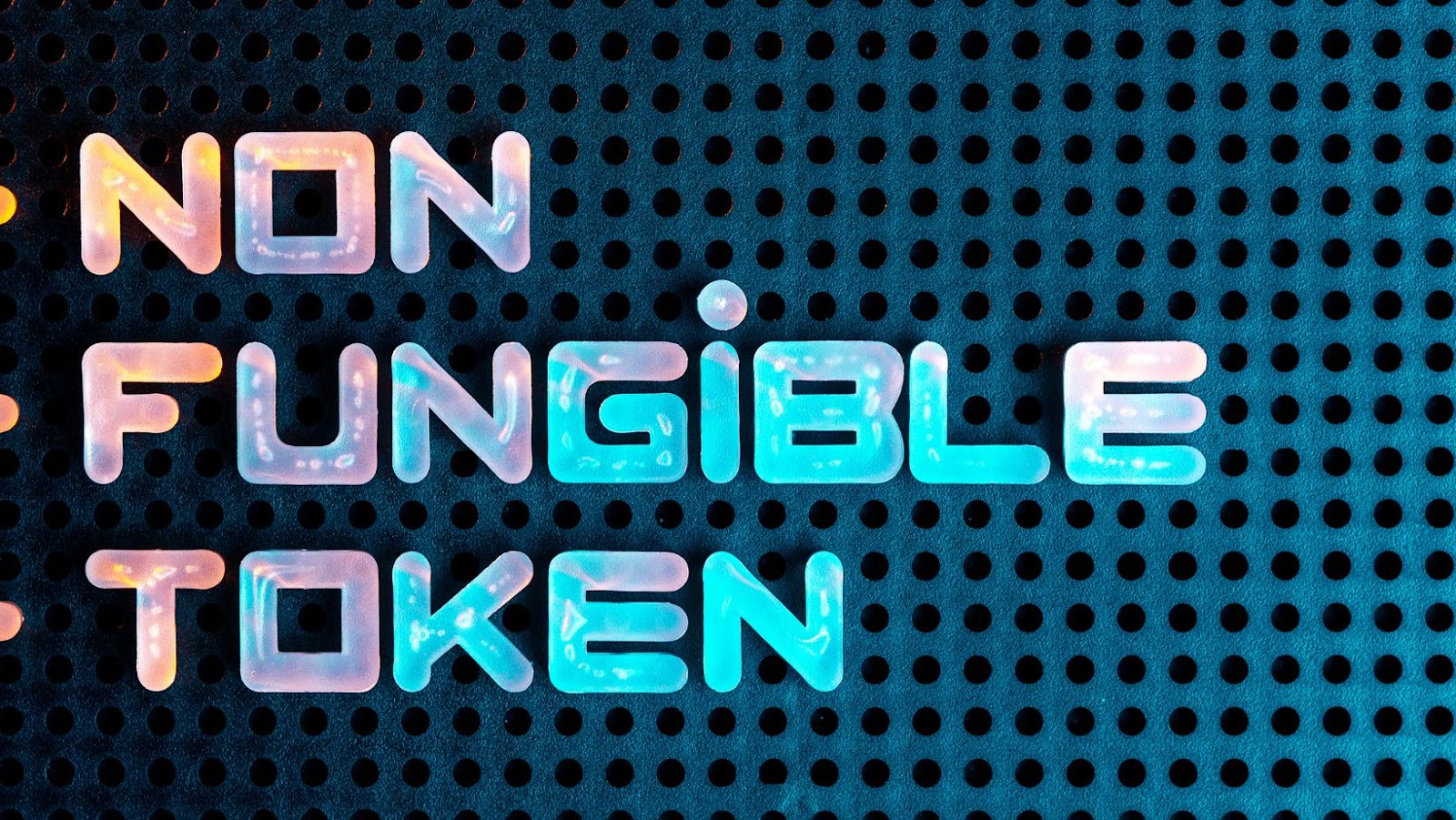
In their lawsuit, they alleged that both companies created similar NFT games based on CSC’s source code, stealing their idea and capitalising on it without permission or attribution. As a result, BAYC sought damages for the alleged intellectual theft by War Riders & Arcona. Since then, both sides have been in legal limbo as the case has yet to be settled.
The Copycat
The copycat dispute is an ongoing discussion between two non-fungible token (NFT) marketplaces, CryptoPunks and SuperRare, with remarkably similar features. Both rely heavily on digital art ownership, which creates a huge market where investors and collectors can purchase works from these sites. However, the similarities don’t stop there: both websites employ rudimentary methods of copying artwork from one another without obtaining permission from the artist or creator.
The situation has caused a rift between the two NFT communities, as those who discovered the similarities early on have expressed outrage about what they refer to as “copycatting”. Some critics argue that by allowing users to pass off artworks created by other artists as their own, CryptoPunks and SuperRare are stifling creativity and suggesting that it is acceptable to reuse artwork without permission if it’s easier than creating something original.
In response to these criticisms, both platforms have issued statements emphasising their commitment to respect intellectual property rights and implementing stronger enforcement measures against those found guilty of stealing artwork. For instance, CryptoPunks now includes an exclusive owners list which shows all buyers of each image so copyright violations can be tracked easily and acted upon swiftly. Similarly, SuperRare requires creators submitting works for sale to prove that they are the actual authors of the item being sold—and recently tracked down users who were found guilty of infringements to protect artist integrity on its platform.
The Dispute
The Bored Ape Yacht Club has recently been the buzzing topic on the internet, with two NFT copycats getting into a public dispute over who is the real fake Bored Yacht Club. Both parties have laid out their cases and are battling it out over which is the correct version of the digital artwork.
This dispute has left many asking what exactly is happening between the two NFT copycats. So let’s take a closer look at the dispute and why it matters.
The Copycat’s Claim
The dispute between the two Non Fungible Token (NFT) copycats centres around IP rights. The defendants – Copycat 1 and Copycat 2 – claim that NFTs are not copyrightable; therefore Copycat 1’s contribution to their respective NFTs does not constitute an infringement on Copyright law. They argue that both designs arose independently and that there is no cause for legal action.
The complainant has argued otherwise, claiming that NFT artworks should abide by the same copyright rules as any other physical artwork. In doing so, they have accused the defendants of creating derivative works of their respective NFT designs without prior authorization – violating both Copyright and IP rights.
Copycat 1 has suggested that both designs are sufficiently differentiated and have unique characteristics. According to these arguments, their respective NFT creations should not be considered individual or exclusive intellectual property rights. This opinion is based on a ‘collateral’ understanding of copyright – which recognizes each design’s conceptual elements while also accounting for creative variation over time – rather than source material control regarding literal reproduction standards.
Bored Ape Yacht Club’s Response
In response to the ongoing legal dispute between Bored Ape Yacht Club and the copycat artist Mijo Mane, Bored Ape Yacht Club released a statement on March 19, 2021 addressing the situation.
The statement expressed that Bored Ape Yacht Club holds no animosity towards Mijo Mane but strongly believes they have created a unique work of art and have thus been infringed upon by others. They have accused Mane of creating a copycat piece that resembles their original creation to benefit from their popularity and the hard work they’ve put into making it. As a result, users can expect to encounter fraudulently sold versions of this artwork in supporting digital wallets or in external marketplaces.

Bored Ape Yacht Club has ultimately stated that “we will be pursuing every course of action available to ensure our creative property is respected for what it is – an original, handcrafted transformation of digital images” and are pursuing a legal resolution to this issue. They also encourage all art owners who encounter any form of infringement on their works to take swift action in protecting their intellectual property rights.
Legal Implications
Recently, two NFT copycats have found themselves in a heated dispute over the legal and legitimate version of the fake Bored Ape Yacht Club. This dispute has raised the question of what legal implications arise in such a scenario, as the two NFTs are identical.
In this article, we will discuss the legal implications of such disputes and the potential outcomes for the two NFT copycats:
What Does the Law Say?
The dispute between the two NFT copycats has garnered a large amount of attention in the legal and tech community, as it is one of the first cases that has raised questions about how copyright laws and blockchain technology interact.
At its core, this dispute revolves around whether or not an artist can be protected by copyright law when they create an NFT on a public blockchain. The difficulty stems from the fact that a public blockchain is designed to be immutable and transparent, meaning any data stored on it is copied multiple times throughout its network. As such, it can be argued that a digital artwork stored on a public blockchain inherently creates multiple copies and thus cannot meet the originality requirements for copyright protection in many jurisdictions.
Before this case, there was no clear precedent for how courts would address similar disputes. However, this case has provided new insight into how legal systems could address them. While only time will tell if courts across jurisdictions will ultimately agree with this decision or disagree with it, one thing is certain: digital art created with NFTs may easily become subject to copyright disputes – particularly if there are two similar designs released at around the same time, making legal analysis essential for any aspiring NFT artist who wishes to protect their work.
Potential Solutions
In the dispute between the two NFT copycats, potential solutions to resolve the situation and protect the rights of all parties involved can primarily be explored in a civil legal context. Therefore, the first step when resolving such disputes is determining what regulatory framework applies to the given case. In this instance, issues related to intellectual property law, competition law and copyright law may be relevant.
Concerning intellectual property, either company could claim ownership of the NFT if they could prove that it was created as a product of their original effort. Similarly, both companies may wish to pursue mediation or arbitration to agree on the use of the artwork or its components. Finally, concerning copyright law, it could be argued that either party has a right to reproduce and distribute an artwork created by someone else – so long as they are not profiting from someone else’s work without permission.
Finally, if negotiations fail or no resolution is reached via these remedies above, legal action may have to take place for a case to be heard before a court of law. At such time, all parties should be properly represented by counsel who will argue their respective cases accordingly for a neutral and just outcome from the court proceedings leading up until any final direct decision may be handed down from a judge or arbitrator on any implementation associated with said dispute resolution process.
tags = non-fungible token projects, boundary between plagiarism and parody, how opensea nft erc721 386m theverge, how nft erc721 opensea 386m theverge, opensea phayc theverge phunky yacht club, opensea phayc theverge phunky ape club, how opensea erc721 opensea 386m theverge, opensea nft erc721 opensea 386m theverge, nft erc721 opensea 386m januarybrandom theverge, opensea nft opensea 386m januarybrandom theverge, how opensea nft 386m januarybrandom theverge, opensea clubrobertson theverge phunky yacht club, identical versions of high-priced Bored Ape Yacht Club avatars


